Banded Denoiselle
Calopteryx splendens
The males have these dark coloured patches on their wings. These are used in a fluttering dance to attract females. Their bodies are an iridescent blue/green colour.
The females do not have the tinted dark patches on their wings, and their bodies are an iridescent pale green colour. Alas I did not see one of them. The banks of the pond and river had plenty of males about but not a single female was about that I could see.
Grey Heron
The largest European heron. It can stand with neck stretched out, looking for food, or hunch down with its neck bent over its chest. In flight it holds its neck retracted and has large rounded wings. This looks like a youngster to me, it was very tatty looking...
I came across this story last week and thought others who read this blog might find this of interest. Heron Eating A Rabbit
A rare sighting of late on this blog... this is thee Green Backed, Yellow Brested, Blue Legged, Wifelet... other wise know as Jane.

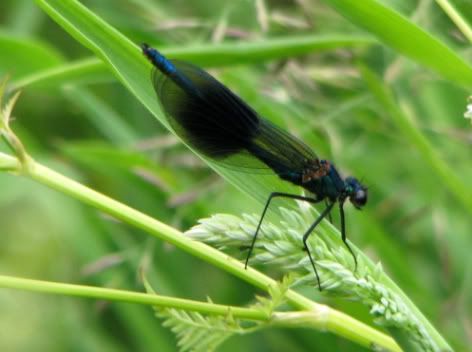

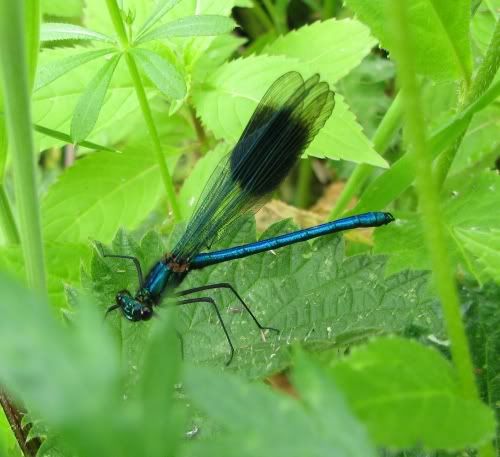
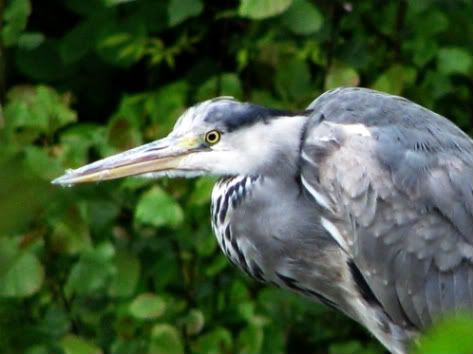
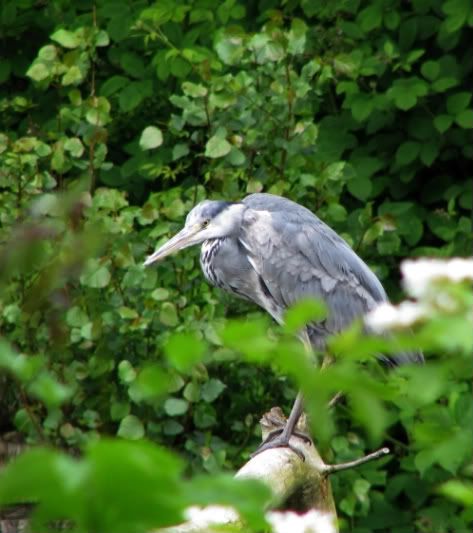
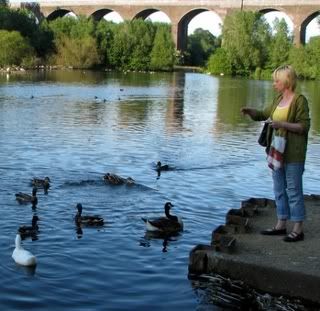

9 comments:
Thats sure is a rare bird,lol.Bless her little cotton socks Jane.
What a wonderful wonderful shot of a rare bird. Wifelets are extinct around here. I miss their domestic ways.
Yes Philip... they spend their time constantly renewing and tidying their nest site... and carry on feeding their young well after they have flown the nest. Adult male tend to get left to look after them selves once the mating season ends.. ha!
Cotton socks. ? LOL
I do like the photos Tom.
That first critter sure is a curvy gal! Very nice. That looks like a wonderful place to be.
Very beautiful images especially the rare bird known as a Jane. I am bowled over by the heron head shot. I am still way to distant even with the telephoto for ours.
Love the blue color on the winged thing. Sorry forgot the name of it. Lol.
Those damselflies are AWESOME Tom! Fantastic captures! And I LOVE the Heron too.....I can NEVER get that close to one...even with my long lens.
Wonderful post!!
A wonderful group of wildlife photos, Tom, and now I have learned of a new species "The Wifelet".
I love your sense of humor-you have made many days much brighter by things such as this.
Post a Comment